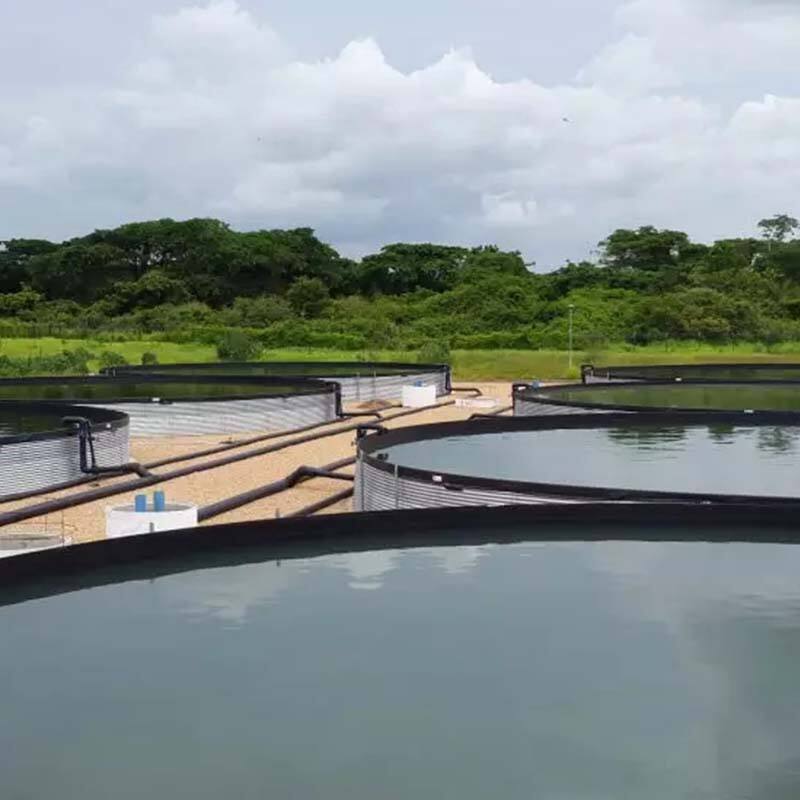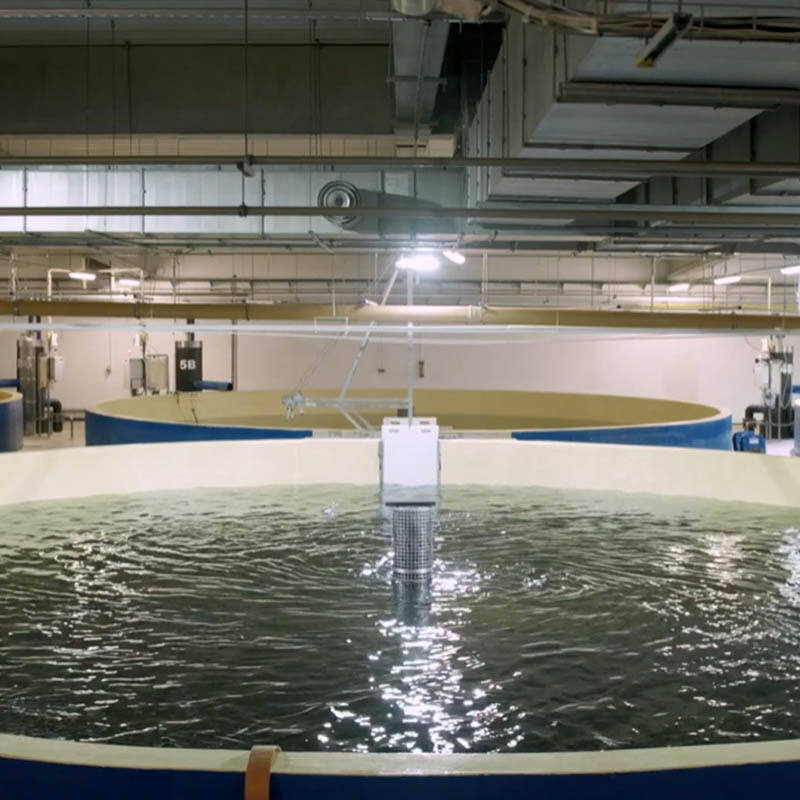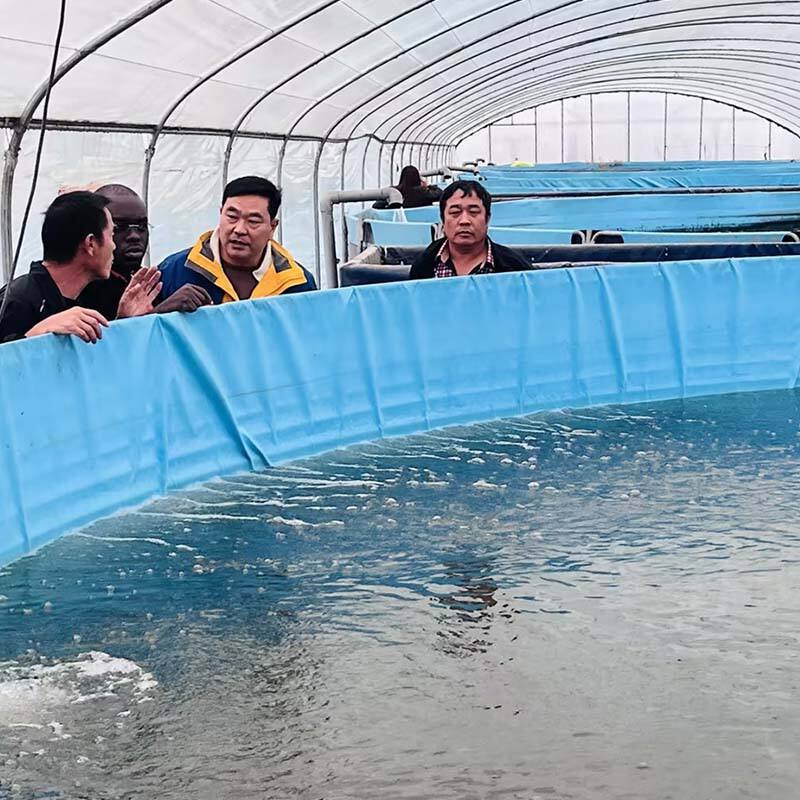Fiskeldi er aðferð til að ala fisk til framleiðslu eða einkaneyslu. Þetta er ótrúlega mikilvægt, þar sem það hjálpar til við að fæða marga. Hluti af fiskframleiðslu felst í þeim aðferðum sem bændur þróa til að rækta persónur sínar. Þeir munu skipuleggja hagkvæmustu leiðina til að gera þetta miðað við auðlindir þeirra og hvers konar fisk þeir vilja rækta. Finndu út meira um úrval fiskeldisaðferða og hvað þær gætu þýtt fyrir diskinn þinn - auk fólk sem setur mat á hann!
Bændur verða að huga að breytingum á því vatni sem fiskur nýtir. Vatnið getur annað hvort verið ferskt (úr ám og vötnum) eða salt eins og í sjónum. Vatnsgæði og tegund: form vatns er mjög mikilvægt þar sem mismunandi tegundir fiska krefjast mismunandi búsvæðis (þar sem þeir búa). Bændur þurfa líka að fylgjast með hvar landið er, hvaða áhrif það hefur á fiskvöxt þeirra þar sem umhverfið leggur sitt af mörkum til þess.
Fiskeldi innandyraMesta ástæðan fyrir því að velja þessa leið er sú að það getur verið tilgangurinn með því að rækta fisk innandyra sem þýðir að þú munt hafa þitt eigið eldi inni. Eldinn fiskur innandyra, sem býr í öruggu og vöktuðu rými Þetta gerir bændum kleift að hafa tært vatnsyfirborð og athuga heilbrigði fisksins. Þess vegna er mjög þægilegt og nauðsynlegt að fylgja þessum vatnaskilyrðum með mælingum ef við viljum að fiskurinn okkar vaxi á sem bestan hátt.
Þú getur fylgst með hlutum eins og hitastigi (hversu heitt eða kalt vatnið er) og súrefnismagn (magn súrefnis í vatninu, þannig að bændur fái mynd. Bændur geta hagrætt fæðuskiptum og stjórn á hitastigi vatnsins með því að halda þessum þáttum á bilinu til að auðvelda rétt vaxtarmerki fyrir þróun. Það hefur einnig mikla áreiðanleika vegna þess að það verndar fiskinn fyrir rándýrum og veðurmynstri sem er ekki tilvalið fyrir vöxt þeirra.

Tilapia er til dæmis einn af vinsælustu sæmilega fiskunum til eldis þar sem er umfangsmikið svæði eins og tjarnir. Urriði er aftur á móti frekar kaldrifjaður fiskur og þarf kaldara vatn með háu súrefnismagni til að lifa af. Þetta gerir það að verkum að það er nauðsynlegt fyrir bændur að skilja kröfur um fisktegundir. Það snýst líka um stærð landeignar þeirra sem og hvaða auðlindir þeir hafa slíka peninga og búnað 3. Þessir og aðrir þættir hjálpa þeim að taka betri ákvarðanir um að stunda fiskrækt á besta hátt.

Til að ná árangri í fiskeldi ætti vatn alltaf að vera hreint. Ef vatnið er ekki hreint geta fiskar orðið veikir og það leiðir til hægs vaxtar, veikinda eða jafnvel dauða. Þess vegna verða bændur að nota búskaparhætti sem hjálpa til við að viðhalda heilbrigði vatns. Þeir ákvarða þetta með því að skoða slatta af verðmætum upplýsingum, þar á meðal magn uppleysts súrefnis og annarra efnamerkja sem ættu að myndast eftir þörfum;

Bændur geta sömuleiðis sett fjármagn í tölvutæku fóðrunartæki sem halda uppi þeirri næringu sem fiskurinn þeirra étur. Þetta hjálpar til við að draga úr matarsóun og flýtir fyrir viðbrögðum. Það eru þeir bændur sem gætu jafnvel notað skynjara til að veita rauntíma endurgjöf um vatnið og loftið. Þessi tækni tryggir hámarksþroska fisks með því að leyfa þeim að bregðast skjótt við ef einhver vandamál koma upp.
Við höfum meira en 15 ára framleiðslureynslu í fiskeldisbransanum og erum eitt af þremur efstu fyrirtækjum í kínverska fiskeldisgeiranum. Við höfum stefnumótandi samstarf við ýmsa þekkta kínverska háskóla og mjög hæfa teymiskerfishönnuði með miklum þéttleika sem geta boðið bestu vörur og þjónustu.
Við erum sérfræðingar í hönnun og framleiðslu á PVC stálpípu sem styður fiskatjarnir. PVC galvaniseruðu plötur fiskatjarnir. Við getum boðið upp á ýmsa möguleika í hönnun og búnaði sem notaður er í fiskeldiskerfum.
Við getum veitt þér umfangsmikla fiskeldisáætlun sem nær yfir ýmsa þætti eins og hönnun forrits, áætlunargerð búnaðar og uppsetningu búnaðar. Það mun aðstoða þig við að ljúka framkvæmd á öllu fiskeldisverkefninu. Þetta er eitthvað sem venjuleg fyrirtæki geta ekki veitt.
Við höfum vottorð eins og ISO9001, ISO22000, COA, CE osfrv. Vörur okkar hafa verið seldar með góðum árangri til 47 svæða og landa, auk þess sem 22 stórfelld fiskeldisbú með meira en 3000 rúmmetra hafa verið byggð með góðum árangri. Fiskeldiskerfið okkar er nýtt til að framleiða fisk og rækju í 112 mismunandi löndum.

